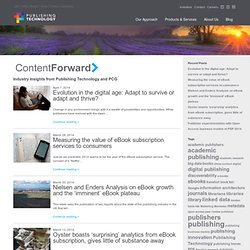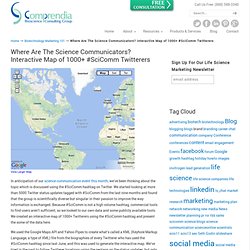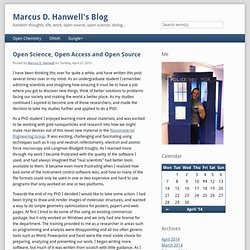

Scholarly Publishing in Transition - 4 Strategies for avoiding the Innovator's Dilemma. Change in any environment brings with it a wealth of possibilities and opportunities.

While publishers have evolved with the dawn… Continue reading Just as we predicted, 2014 seems to be the year of the eBook subscription service. The concept of a ‘Netflix’… Continue reading This week sees the publication of two reports about the state of the publishing industry in the UK that tell… Continue reading Oyster, the eBook subscription service whose high-profile launch we covered on this blog last year, has been in the press… Continue reading The Association of American Publishers’ Professional and Scholarly Publishing division hosted a session at its annual Washington D.C. conference last… Continue reading Euan Adie is the founder of Altmetric.com, a start-up that has set out to measure the impact that research has… Continue reading This year The London Book Fair is introducing a new theatre The Faculty@LBF which will give academic and scholarly publishers… Continue reading.
Blogguer. Outils bibliographie. Where Are The Science Communicators? Interactive Map of 1000+ #SciComm Twitterers. View Larger Map In anticipation of our science communication event this month, we’ve been thinking about the topic which is discussed using the #SciComm hashtag on Twitter.

We started looking at more than 5000 Twitter status updates tagged with #SciComm from the last nine months and found that the group is scientifically diverse but singular in their passion to improve the way information is exchanged. Because #SciComm is not a high volume hashtag, commercial tools to find users aren’t sufficient, so we looked to our own data and some publicly available tools. We created an interactive map of 1000+ Twitterers using the #SciComm hashtag and present the some of the data here. We used the Google Maps API and Yahoo Pipes to create what’s called a KML (Keyhole Markup Language, a type of XML) file from the biographies of every Twitterer who has used the #SciComm hashtag since last June, and this was used to generate the interactive map.
^Not a state but recognized by Google Maps. Open Science, Open Access and Open Source. I have been thinking this over for quite a while, and have written this post several times over in my mind.

As an undergraduate student I remember admiring scientists and imagining how amazing it must be to have a job where you got to discover new things, think of better solutions to problems facing our society and making the world a better place. As my studies continued I aspired to become one of those researchers, and made the decision to take my studies further and applied to do a PhD. As a PhD student I enjoyed learning more about materials, and was excited to be working with gold nanoparticles and research into how we might make real devices out of this novel new material in the Nanomaterial Engineering Group. It was exciting, challenging and fascinating using techniques such as X-ray and neutron reflectometry, electron and atomic force microscopy and Langmuir-Blodgett troughs. Towards the end of my PhD I decided I would like to take some action. The Future of Science 2021: A Multiverse of Exploration.
For the last year, my colleagues and I at Institute for the Future have been researching the future of science to identify big areas of science we think will have a transformative impact over the next decade.

We read a lot of papers, conducted interviews, hosted an Open Science unconference, held an expert workshop with researchers from UC Berkeley, Stanford, MIT, UC Davis, SETI, and private industry, and spent many weeks synthesizing what we learned. The result is this map, titled "A Multiverse of Exploration: The Future of Science 2021. " You can click the image to see it larger or download the PDF (front and back) here. Marina Gorbis, Ariel Waldman, and I wrote it. Ariel, Jean Hagan, and Karin Lubeck made it beautiful. The map focuses on six big stories of science that will play out over the next decade: Decrypting the Brain, Hacking Space, Massively Multiplayer Data, Sea the Future, Strange Matter, and Engineered Evolution. Invisibility cloaks. Report this ad.
Réseaux sociaux de chercheurs. Données de la recherche. Pratiques de la recherche. Biblio science 2.0. Open science.